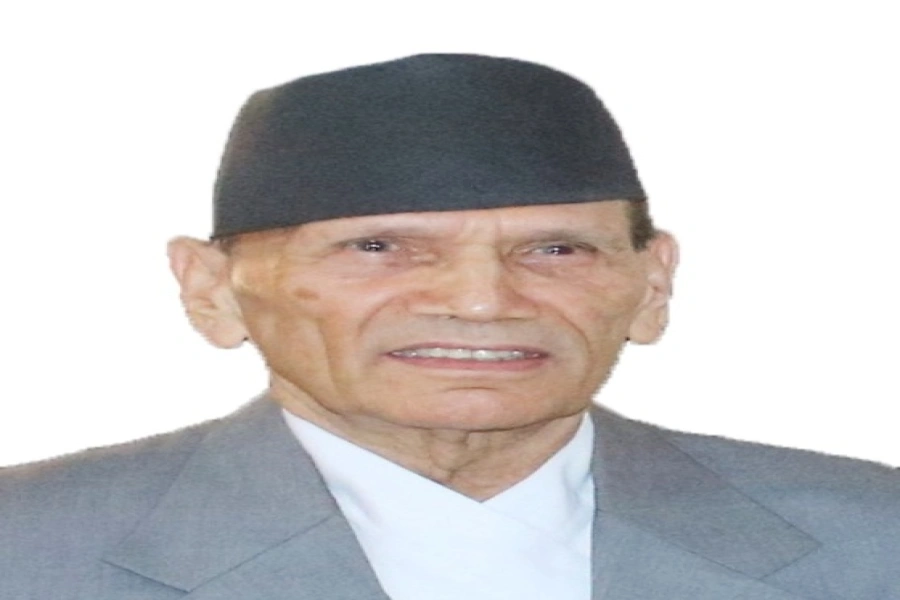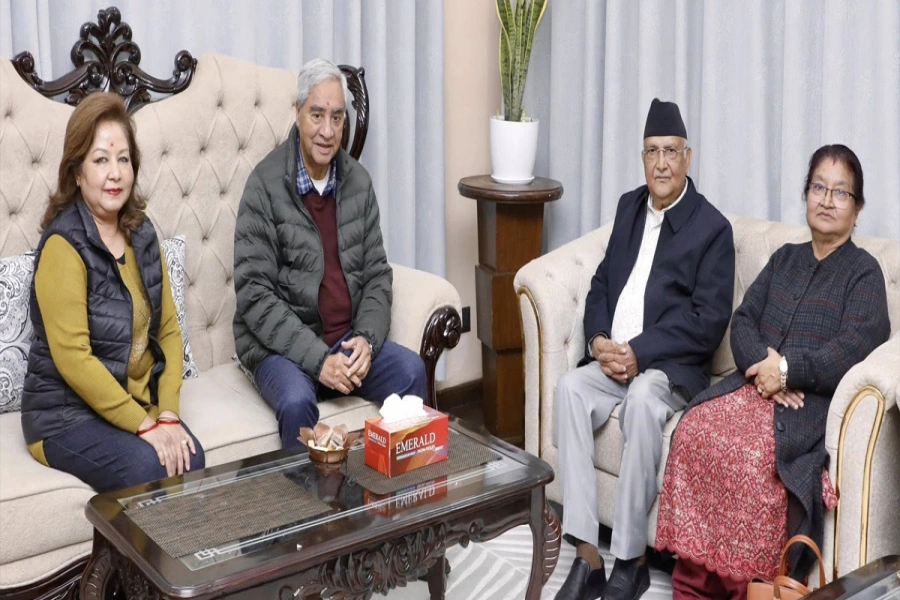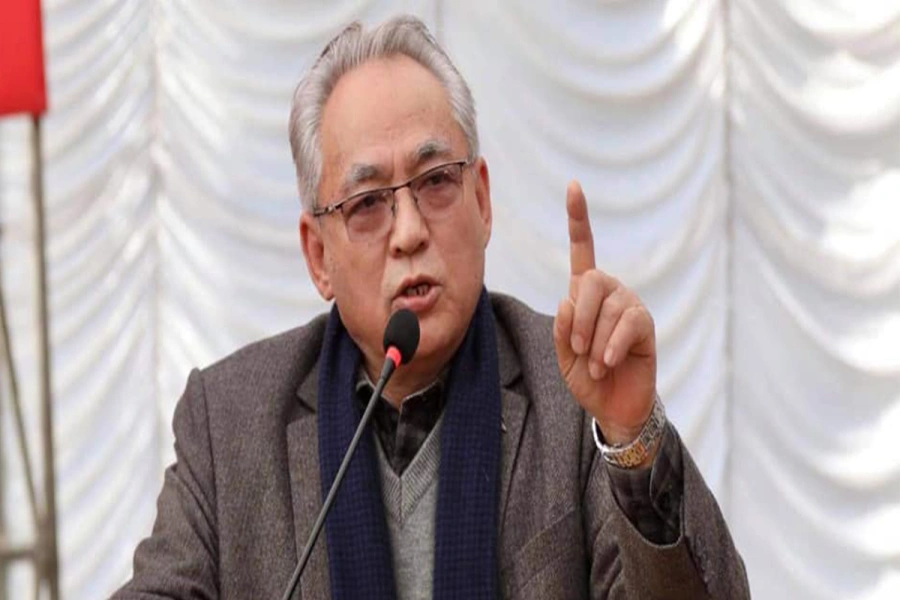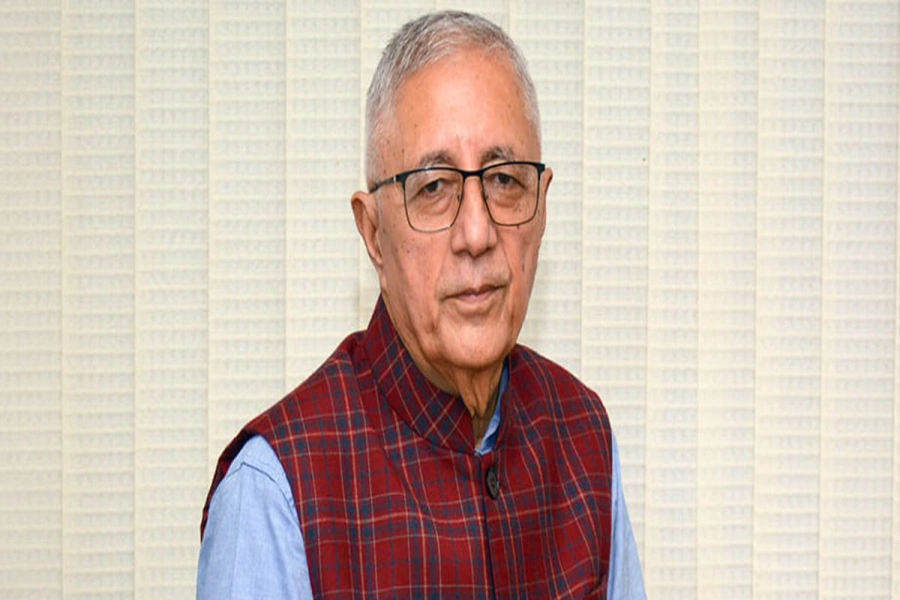Thakur is an optimist and believes Indian democracy will become more progressive the more unsettled it is.
India Now and in Transition
Edited by Atul K Thakur
Niyogi Books, 448pp; Rs 595 (Hardback)
Editor Atul K Thakur sets out to examine a historic social transformation that India is undergoing with all its challenges, opportunities and risks. He examines these changes through 37 essays written by different illustrious authors. One essay is his own, interestingly titled ‘The ‘Real Other’ of the World’s Largest Democracy’ and delves into growth sans equity in India. He writes of how Hindustan became India under the Nehru/Congress rule and now the country is again morphing into Bharat under Modi/BJP.
“India is now being ruled under a new system”, he writes, “which is not in the mood to let democracy back on the same track that it has traveled on for almost seven decades”. He wishes the ‘real other’—the poorest of the poor—were given be the attention they richly deserve. Perhaps they support the new development programs like provisions for banking, electricity, sanitation, and initiatives to crack down on black money and tax evasion through the adoption of a capitalist mode of production, consumption and distribution. The question then is: Can this new capitalist development strategy deliver equitable development for all in India: the Maoist-infested districts, the Northeast, the Dalits and the underemployed and unemployed youth?
So far the outcomes are not promising for them. There are signs that financial capitalism will progressively play a larger role than market capitalism, which is directly linked to the fate of the ‘micro, small and medium’ enterprises—the backbone of the Indian economy so far as innovation, entrepreneurship and local community development are concerned. “Misplaced notion of ‘superpowerdom’” has gripped the psyche of the ruling elites—political, security, bureaucratic and business.
Ink & Insights Pvt. Ltd. celebrates 50th episode with globally...

The book covers politics and governance; economics and development; security and foreign policy; society and culture; and language and literature. Seventeen of 37 essays are on politics and governance, security and foreign policy. What struck this reviewer is the conspicuous absence of such vital topics like Maoism, reforms in bureaucracy and need for new states in India.
Into the future
A chapter on ‘water’ from the eminent intellectual George Verghese to whom this book, inter alia, is dedicated, would have been a fitting inclusion as water issues are fundamental to the future of India and South Asia. One recalls George Verghese’s masterpiece, Waters of Hope, and its deep empathy for the millions of South Asia’s poor who depend on the Himalayan rivers. He calls for rational harnessing of these rivers for equitable benefit of all and for continued peace and security in the sub-continent.
The editor asserts that his book is an attempt to look at the future. He admits that India’s administrative system is largely dysfunctional not serving people. Most candidly, he states that India struggles to establish itself as a mature democracy. Another important observation is that without reforming politics, economic reforms are unlikely to yield desired and equitable results. Thakur is also of the view that the parliamentary system inherited from Imperial Britain may be in need of serious reform.
Thakur is an optimist and believes that Indian democracy will become more progressive the more unsettled it is. He should learn from Nepal that such optimism can be misplaced. Even Maoists leaders, who were among the chief architects of the current constitution, now openly call for a presidential system while the traditional communists opt for a directly elected prime minister in a parliamentary system.
Historian Ramchandra Guha’s chapter ‘Indians—Great, Greater, Greatest?’ is a must-read. To him, the three great Indians are Mohandas Gandhi, Jawaharlal Nehru and Vallabhbhai Patel. He would give fourth place to Kamaladevi Chattopadhyay, whom he considers the greatest Indian women in modern Indian history.
Because of the never-ending nature of the Kashmir issue, my attention was naturally drawn to Wajahat Habibulla’s ‘Kashmir Today and the Way to the Future’. Alas, after a long drawn discussion of current scenario, extending to 29 pages, I was pretty disappointed when the author concludes with the statement, “We have lost Kashmir’s youth, educated, talented and consumed with hatred. Who will lead the state into its future?” This left me wondering if SAARC has languished from day one due to the Kashmir imbroglio as well.
Northeast outlook
Rajeev Bhattacharyya’s ‘What Ails the Northeast’ also drew my attention as I am a keen student of sub-regionalism. I strongly believed, as an author of the South Asian Growth Quadrangle (SAGQ) Initiative in 1996, that its progress depends on willingness of Northeast states in India to co-operate with Bhutan, Bangladesh and Nepal. BCIM and BIMSTEC initiatives, in this regard, appear promising.
But development is on the back burner in all Northeastern states other than Sikkim. They all face internal security challenges and their governments seem more interested in fighting insurgency than poverty. Although rebel groups in the area have come down from 100 in 2003 to 60 in 2013, the states of Assam, Nagaland and Manipur are still plagued by active insurgencies. The army has extraordinary powers in these states, so much so that they corrode democracy and sap development initiatives in a region that are home to 160 tribal and non-tribal communities speaking more than 200 dialects.
While it is common to speak of “smart cities” it is disheartening to learn from Bhattacharyya that Guwahati, which could have served as an economic bridgehead for the entire Northeast, is “perhaps the dirtiest city in the country today” and also without a proper drainage system. Likewise, Assam, Nagaland and Manipur are ridden with bad governance, insurgency and banditry.
We learn of the Northeast’s new strategic importance—beyond its strategic location as neighbor of China, Myanmar, Bhutan and Bangladesh and Nepal—with growing interest of the US, the UK and the EU in the region. The impression I got was that unless there are separate development strategies for each of the Northeast states based on communitarian, bottom-up approach to sub-regionalism, this region will never take off economically.
I just discuss some vignettes from this rich and eminently readable book. There is so much more.
The author is a former finance minister of Nepal
madhukarsjbrana@gmail.com





































